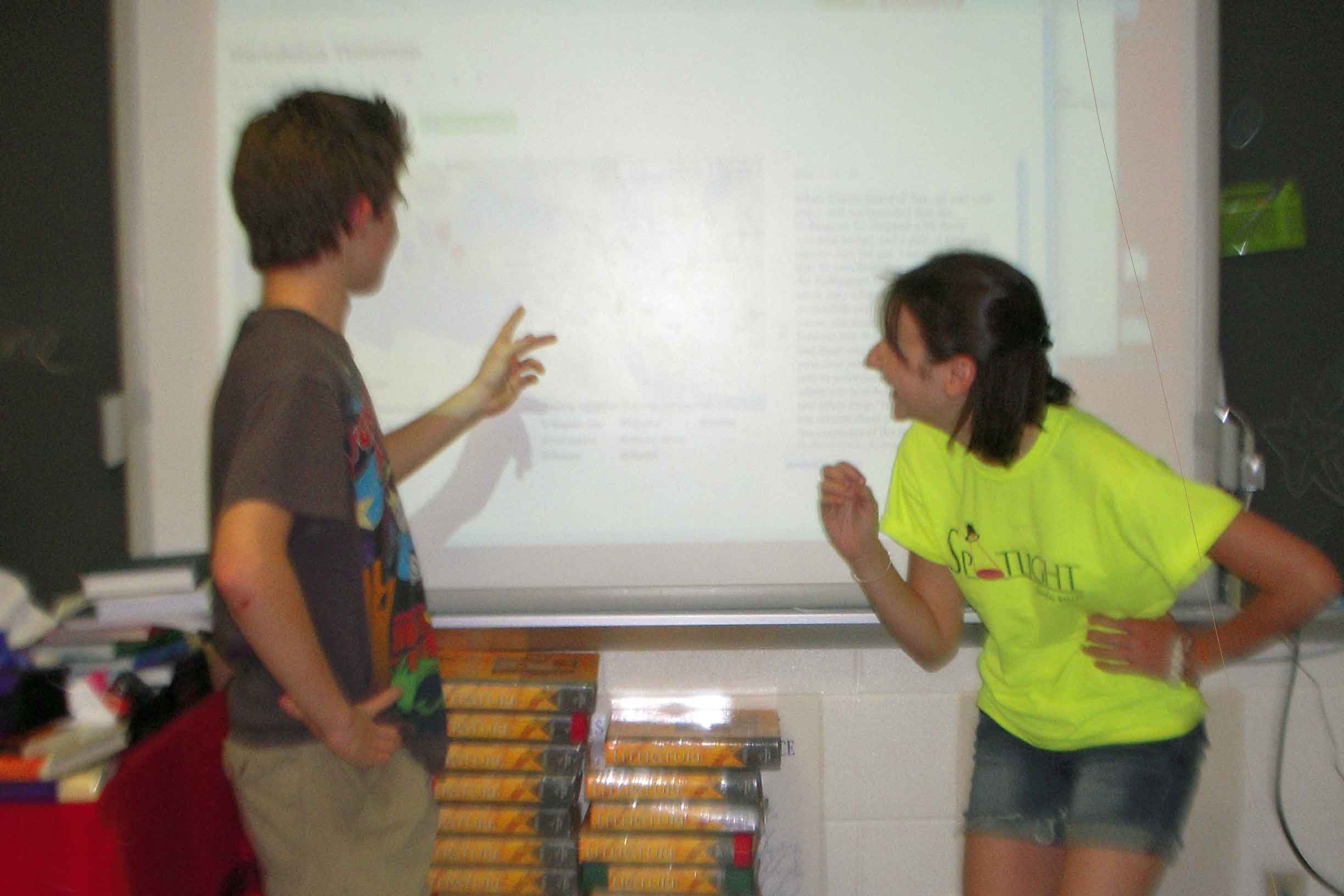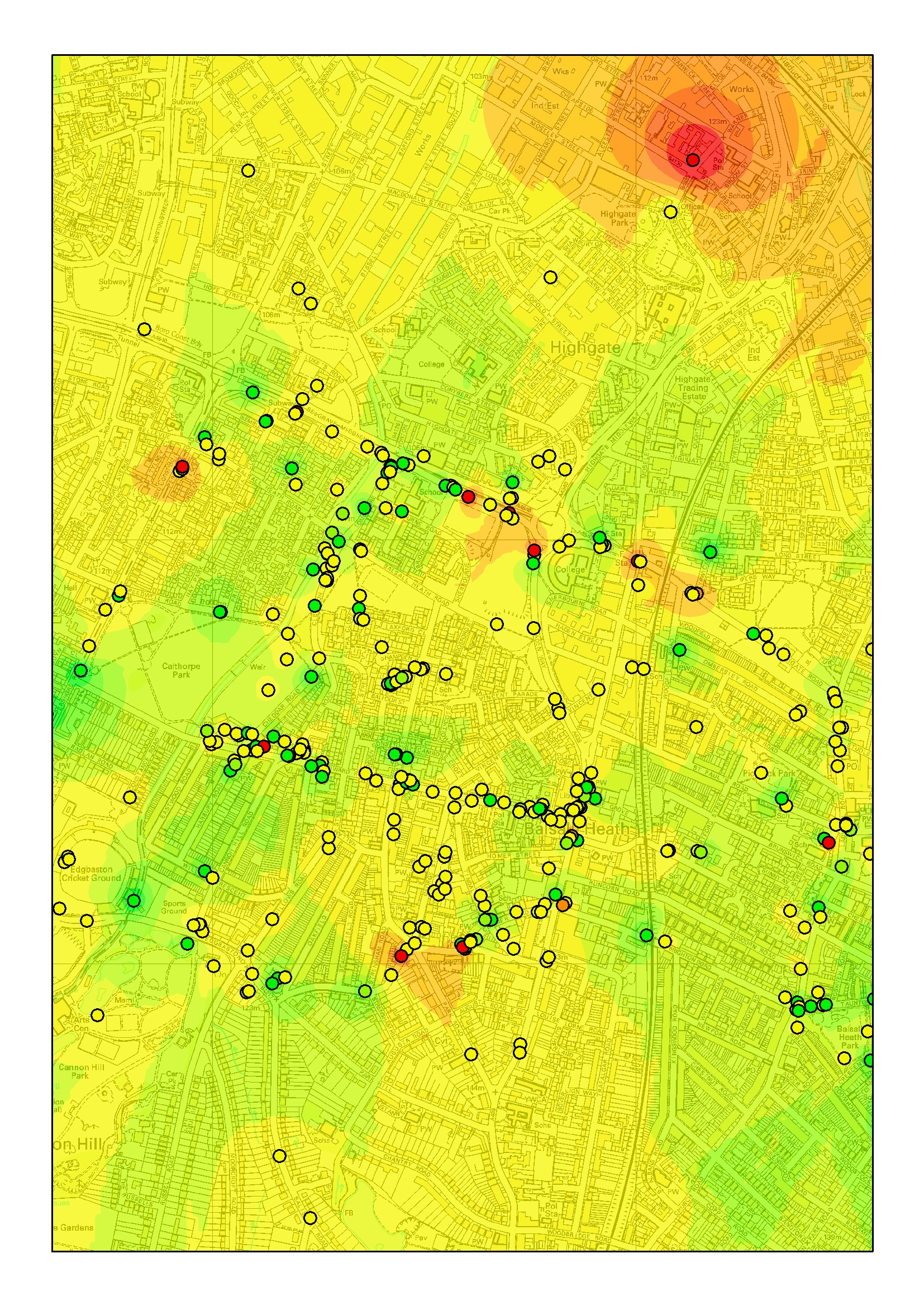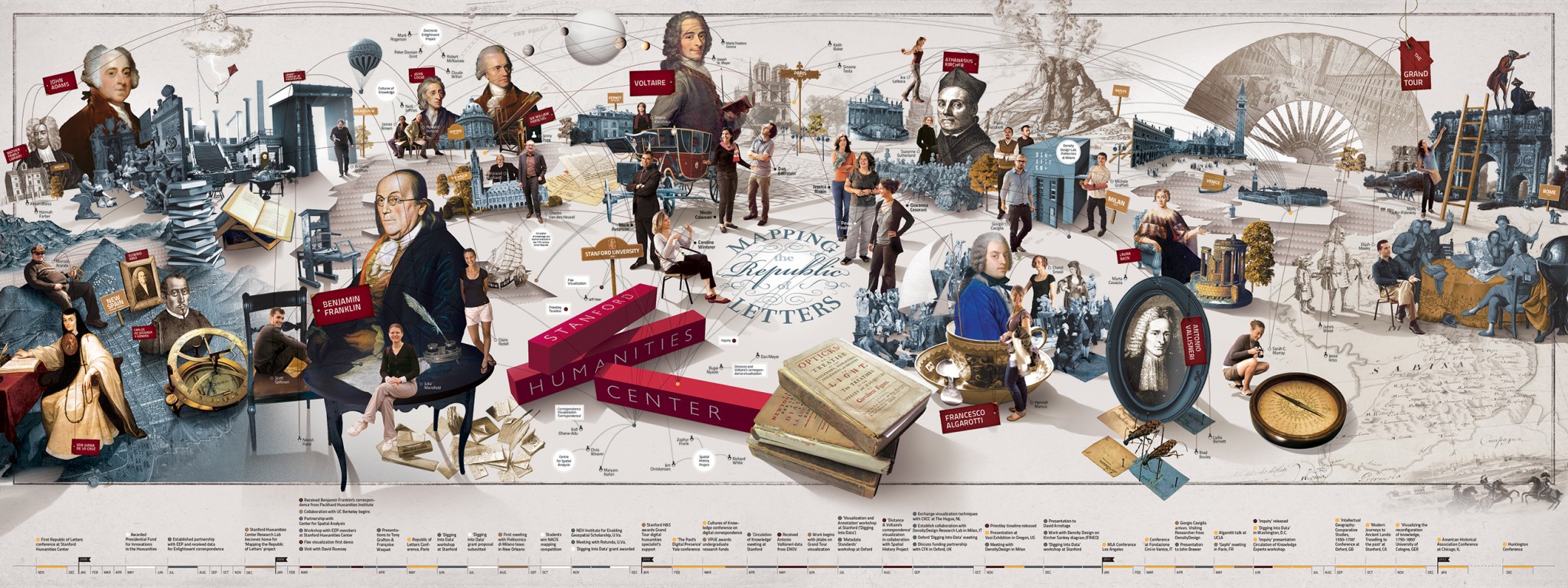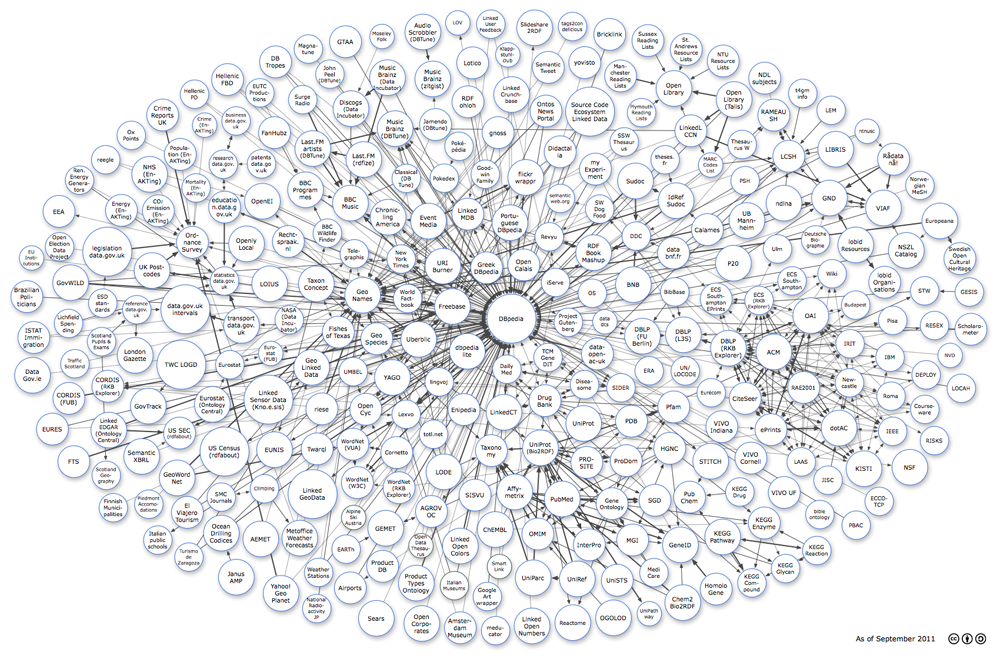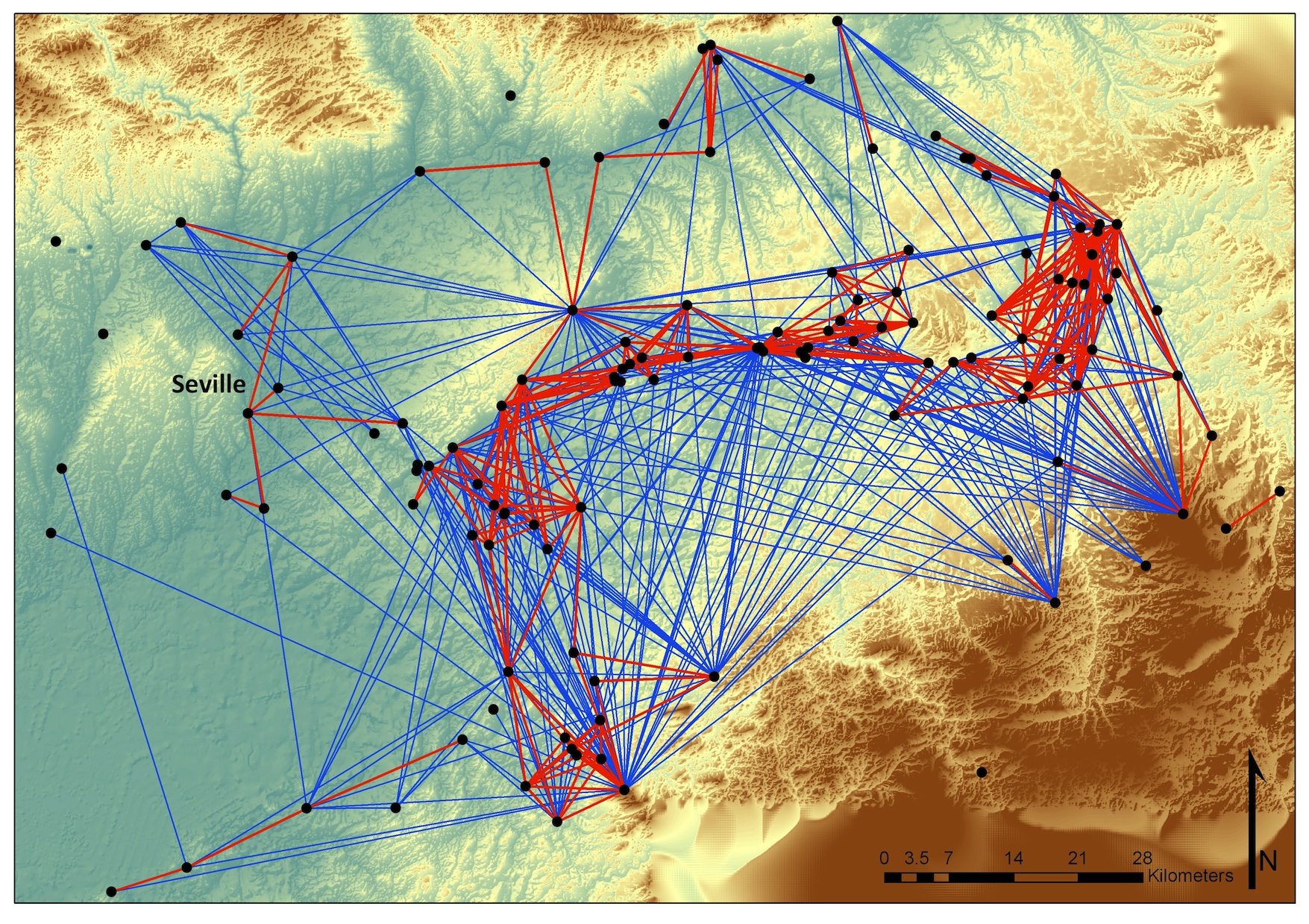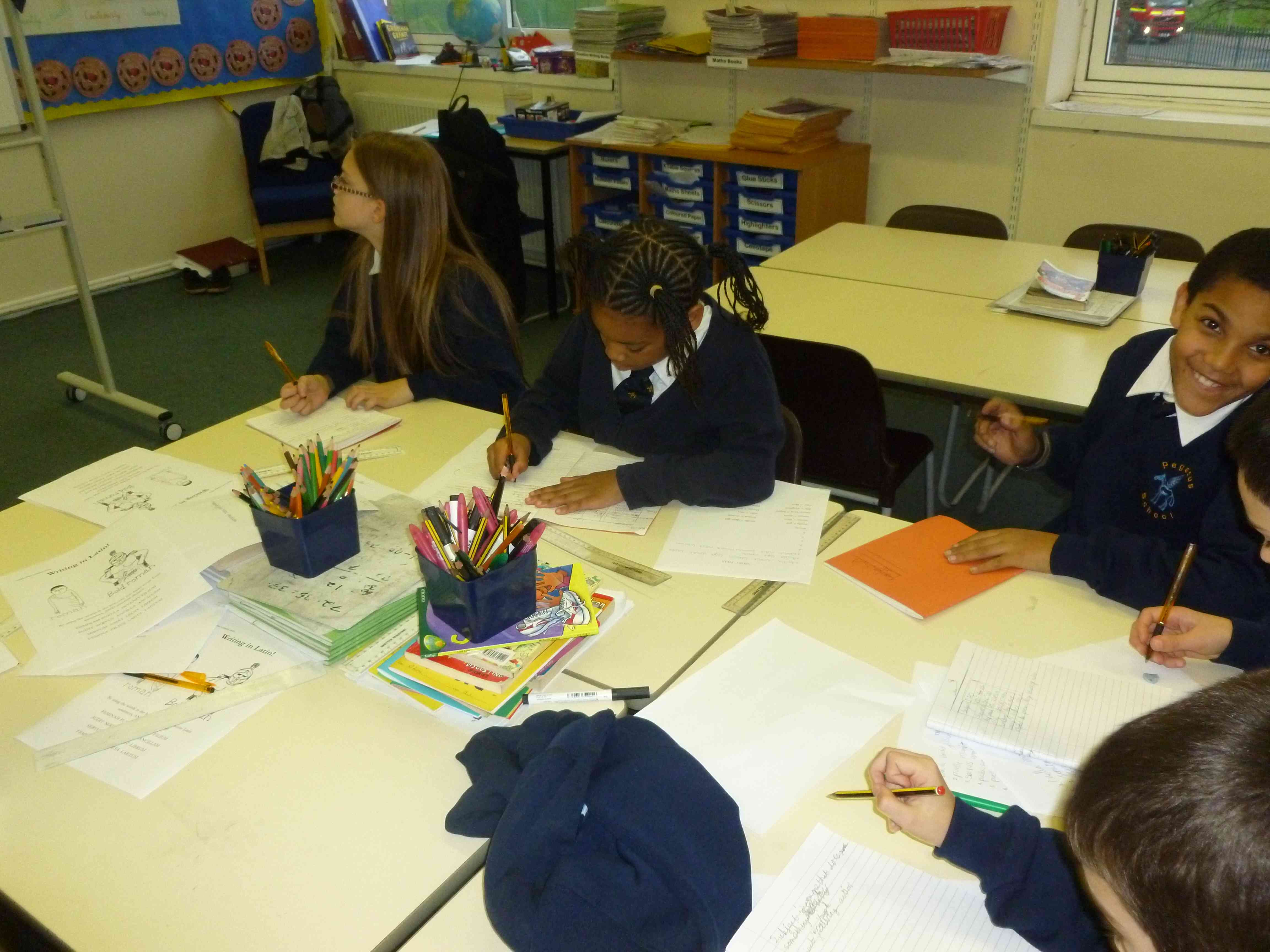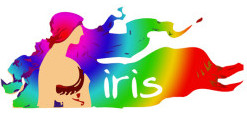In 2010, the Hestia team worked together with a high school in the US state of Virginia to experiment with different ways of thinking about Herodotus’s Histories using digital resources. In the next series of posts, Chris Ann Matteo, formerly an Outreach officer for the American Philological Association (APA) and a teacher of Latin in Loudoun County Public Schools at the time, talks about the inspiration behind the collaboration.
It all started when I met Elton Barker at the final dinner of the Classical Association Annual Conference in March of 2009 in Glasgow.
Read More»